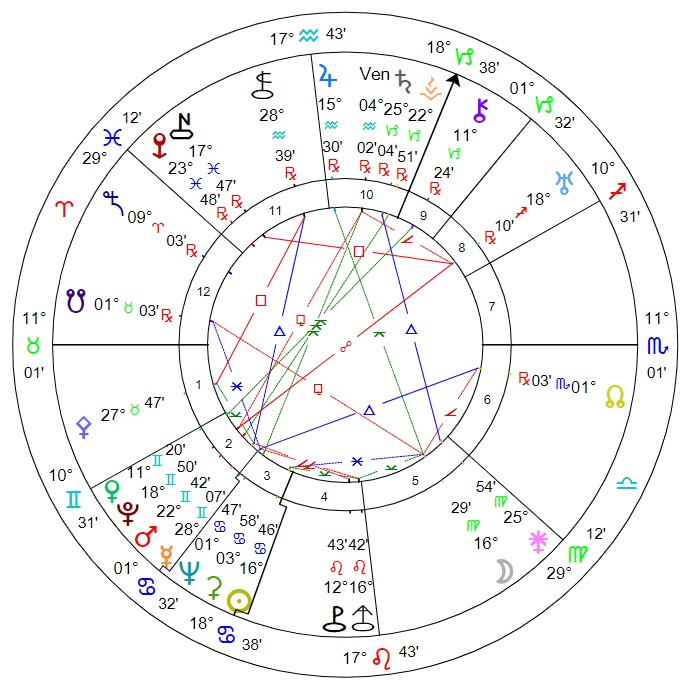Basics
Class: S/K-type asteroid
Location: Main belt
Orbit length (approx): 4.36 years
Discovered: 9th July 1902, 23:38 UTC, from Heidelberg Observatory, Germany, by Luigi Carnera
Notes: Approximately 63 km diameter.
Events at time of discovery:
- July 8 – The United States Bureau of Reclamation is established within the U.S. Geological Survey.
- – Birth of Gwendolyn Bennett, American writer
- July 10 – The Rolling Mill Mine disaster in Johnstown, PA, kills 112 miners.
- – Birth of Nicolás Guillén, Cuban poet, journalist, political activist and writer
Naming information
Name origin: A region in north-east Italy named Veneto or the Venetia, which has Venice as its capital. Residents mostly speak Venetian as well as Italian, and there is a notable Venetian independence movement (Venetism). Since 1971, the Statute of Veneto has referred to the region’s citizens as “the Venetian people” but unlike some other Italian regions it is not autonomous. It also receives a large number of immigrants, mostly Romanians. Venice itself is built on a group of 126 islands that are separated by expanses of open water and by canals; portions of the city are linked by 472 bridges.
 |
| View of the river Adige in Verona, the largest city in the Veneto region. Photo by Jakub Hałun. |
Astrological data
Discovery degree: 4+ Aquarius
Discovery Sabian: A Council of Ancestors is Seen Implementing the Efforts of a Young Leader
Discovery nodal signature: Cancer–Aquarius
Estimated orbital resonances: Mercury 1:18, Earth 3:13, Ceres 17:16, Jupiter 19:7
Discovery chart details: Crescent phase chart. Venetia was semi-square Uranus, sesquiquadrate Pluto and quincunx Ceres. Vesta was on the MC. Moon semi-square and Neptune trine North Node. Stellium in Gemini. Moon sextile Sun, quincunx Jupiter and (with Sun) semi-sextile Asbolus. Mercury semi-sextile Pallas, semi-square Pholus and trine Chariklo; Venus quincunx Chiron; Mars quincunx Vesta. Juno trine Saturn; Uranus opposite Pluto and square Nessus; Neptune semi-square Asbolus. Vesta sextile Eris; Pallas square Chariklo.
Summary
In the correspondences, there are indicators of the struggles of self-determination and social justice, issues around power in general, and tradition versus more modern perspectives (as well as how these two can reconcile and work together).
 |
| Discovery chart for (487) Venetia: 9th July 1902, 23:38 UTC, Heidelberg, Germany. |
